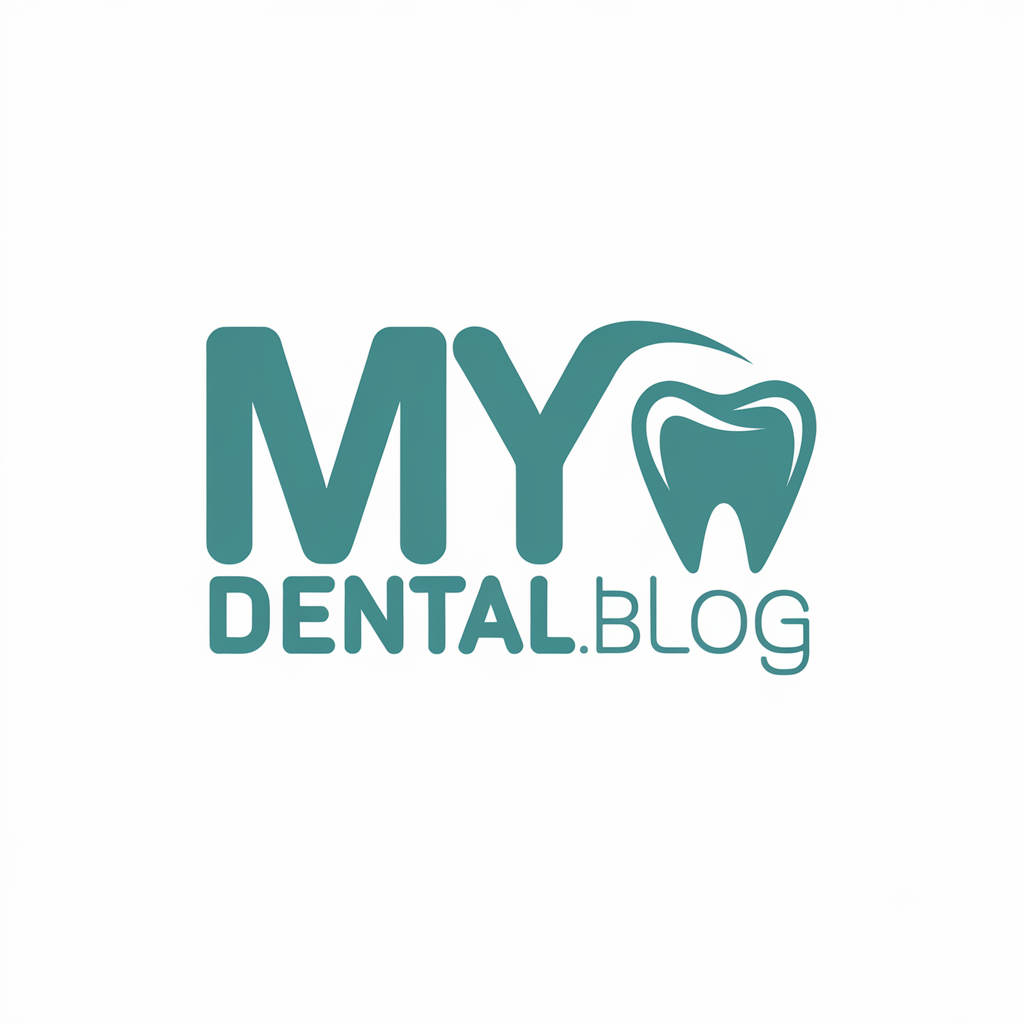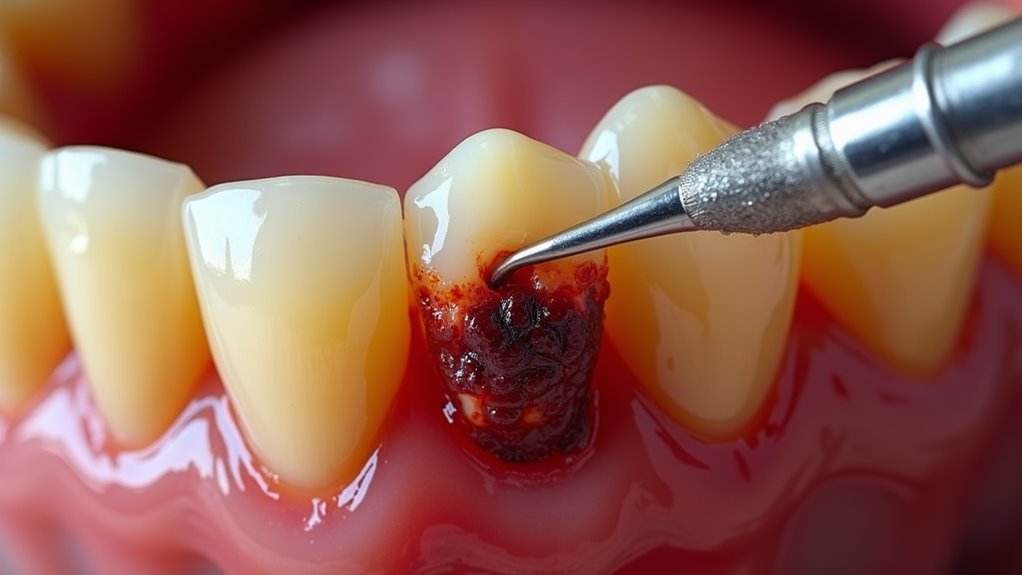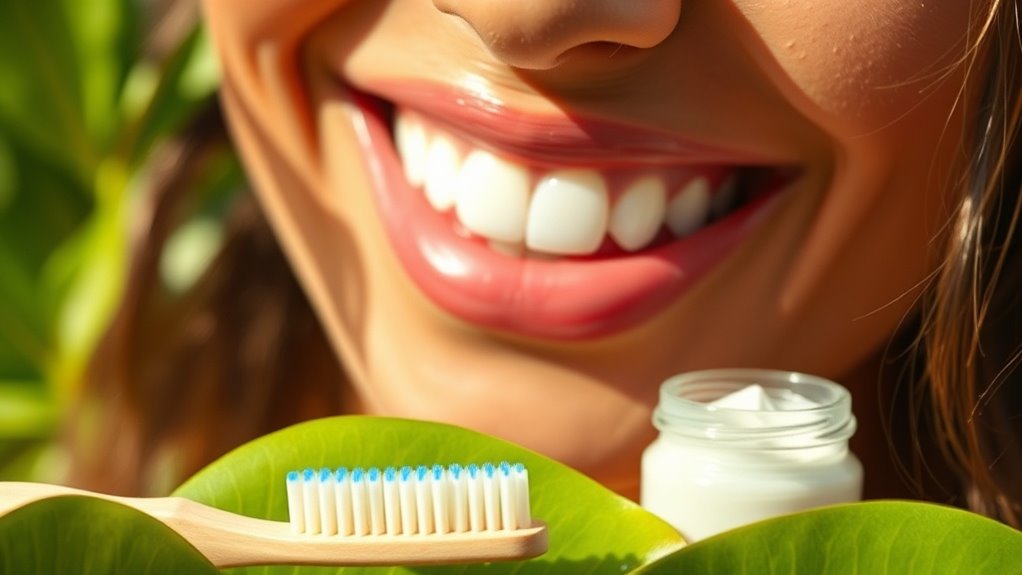The TRUTH About Gum Disease – What Your Dentist Isn’t Saying!
You’ve probably noticed your gums bleeding while brushing but dismissed it as normal. It’s not. What’s even more concerning are the hidden warning signs of gum disease that dentists don’t typically discuss during routine visits. From chronic bad breath to shifting teeth, these subtle symptoms could signal serious problems. Before you assume your oral health is fine, there’s critical information you need to know about protecting your smile.
Hidden Warning Signs of Gum Disease Most Dentists Don’t Discuss
While most people know about bleeding gums as a sign of periodontal disease, several subtle warning signals often go unnoticed. Learning the gum disease truth can help you catch problems early, before they become severe.
Watch for persistent bad breath that doesn’t improve with brushing or mouthwash – it’s often caused by bacteria buildup beneath your gums. You might also notice slight changes in how your teeth fit together when biting, or teeth that appear longer due to receding gums.
Even mild tooth sensitivity to hot or cold could signal early gum inflammation. Pay attention if your gums feel tender when chewing firm foods or if you’re experiencing a persistent metallic taste.
These symptoms, though easily dismissed, often indicate developing periodontal issues. Most surprisingly, gum disease can manifest as small, pearl-like bumps along your gumline or subtle changes in your gums’ texture, shifting from firm to spongy. Regular dental check-ups are essential for early detection and intervention of these warning signs.
Common Myths and Misconceptions That Put Your Oral Health at Risk
Understanding these warning signs is only part of protecting your gum health – you also need to separate fact from fiction.
Many patients believe bleeding gums are normal during brushing, but this misconception leads to ignored early-stage gingivitis. Another dangerous myth suggests that gum disease only affects older adults, when research shows it can develop at any age.
You’ve likely heard that sugar is the main cause of gum problems, but poor oral hygiene and bacterial buildup are actually the primary culprits.
Don’t fall for the myth that brushing harder equals cleaner teeth – aggressive brushing damages gum tissue and worsens inflammation. The belief that gum disease is purely genetic also puts people at risk by promoting a passive approach to prevention.
Most surprisingly, many think gum disease is isolated to oral health, when it’s actually linked to heart disease, diabetes, and other systemic conditions. Additionally, poor oral health can complicate diabetes control, highlighting the importance of maintaining good dental hygiene practices.
Natural Prevention Methods Your Dental Office Won’t Tell You About
Looking beyond traditional dental treatments, several natural remedies can effectively prevent gum disease. Oil pulling with coconut or sesame oil for 15-20 minutes daily can reduce harmful bacteria and plaque buildup. Green tea contains powerful antioxidants that fight inflammation and protect your gums from bacterial infection. You’ll find that salt water rinses and aloe vera gel applications provide natural antimicrobial benefits while promoting gum healing. Adding vitamin C-rich foods like citrus fruits and leafy greens strengthens your gum tissue and boosts your immune system’s ability to fight infection. Tea tree oil’s natural antiseptic properties make it an excellent addition to your oral care routine when diluted properly. Additionally, early detection of gum disease is crucial for effective treatment and can be supported by these natural methods. Don’t overlook the power of coenzyme Q10 supplements and propolis, a natural resin produced by bees. These compounds support gum tissue regeneration and provide antibacterial protection. Incorporating these natural methods alongside regular brushing and flossing can significantly improve your oral health.





